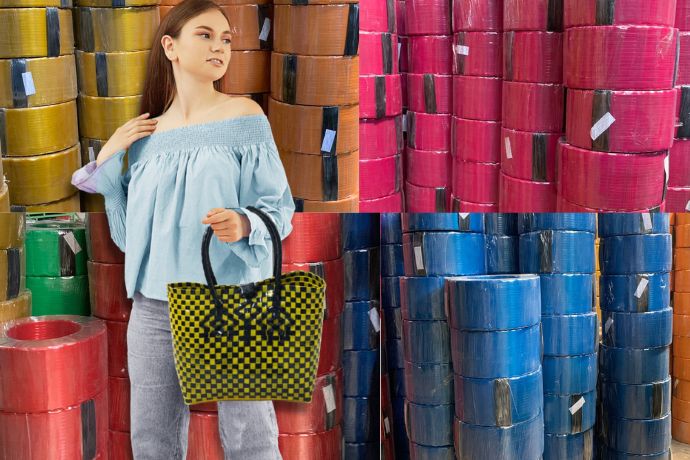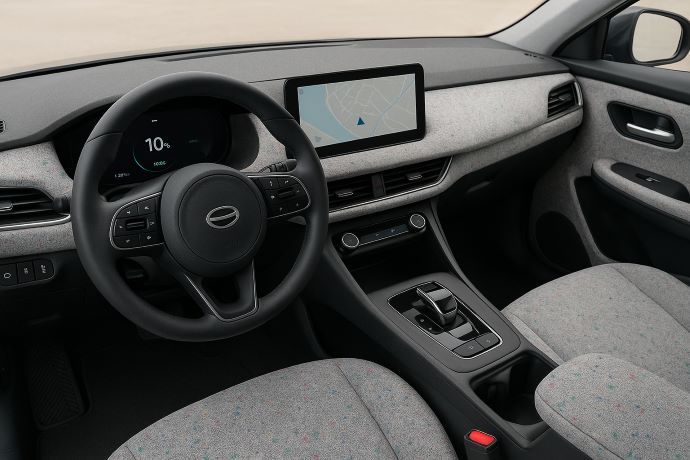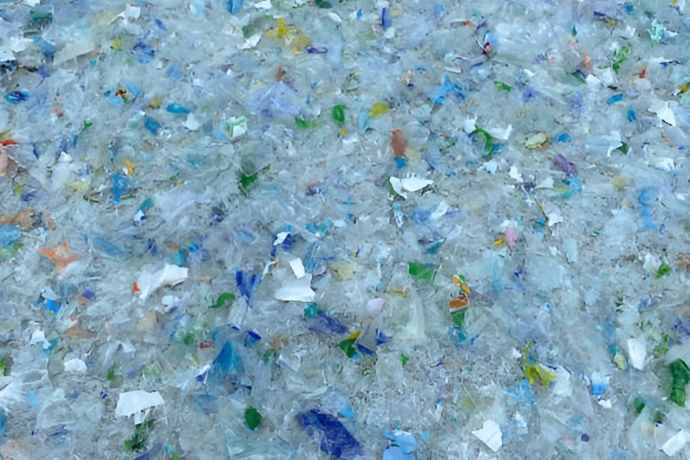What Is Recycled Polypropylene rPP? | A Simple Explanation
Key Takeaways:
- Polypropylene (PP) is recyclable and widely used, marked by recycling code #5, and can be processed through mechanical or chemical recycling methods.
- Recycled PP serves diverse industries, including packaging, automotive, textiles, and agriculture—offering cost-effective, eco-friendly alternatives to virgin plastic.
- The effectiveness of recycled PP depends on its processing and end-use, with mechanical recycling suitable for non-critical applications and chemical recycling offering higher-quality output.
Polypropylene (PP) is one of the most widely used plastics in the world, found in everything from packaging and containers to textiles and automotive parts.
But can polypropylene be recycled? How is polypropylene recycled, and what can it be turned into?
If you're working in a plastic manufacturing company or simply want to make informed choices about plastic waste, this guide will answer all your questions about recycled polypropylene.
Can Polypropylene Be Recycled?

Yes! Polypropylene (PP) is recyclable and is represented by the recycling symbol with the number 5 inside a triangle. Along with polyethylene terephthalate (PET) and high-density polyethylene (HDPE), PP is one of the most commonly recycled plastics worldwide.
Recycling PP requires collaboration between consumers and plastic manufacturers. Consumers should actively sort their plastic waste, while manufacturers must clearly label products with the PP recycling symbol to simplify the recycling process.
Read More : Understanding 7 Types of Plastic for Better Waste Management
Why Is Recycling Polypropylene Important?
Recycling PP plastic brings both environmental and economic benefits:
- Environmental Benefits: Recycling helps reduce plastic pollution, conserve natural resources, and lower greenhouse gas emissions by reducing the need for virgin plastic production.
- Economic Benefits: The recycled PP market creates jobs in waste management and plastic processing while providing cost-effective raw materials for manufacturers.
- Circular Economy: By recycling PP, we promote a sustainable cycle where plastic waste is continuously reused instead of ending up in landfills or oceans.
Learn More : Virgin vs Recycled Polypropylene - What You Need to Know
How Is Polypropylene Recycled?
The PP recycling process involves several key steps:
1. Collection & Sorting
PP waste is collected from various sources such as households, industries, and commercial facilities. The waste is then separated based on the type of plastic to ensure the purity of the recycled material.
2. Cleaning
PP waste is washed to remove contaminants such as dirt, oil, labels and food residue. This cleaning process is important to improve the quality and purity of the recycled material.
3. Grinding
After cleaning, PP waste is ground into small pieces (flakes) and pellets. This process makes handling and further processing easier.
4. Melting and Reforming
PP plastic shreds or pellets are melted at high temperatures in an extruder machine. The melted material is then reshaped into new products through processes such as extrusion, injection molding, or blow molding.
5. Quality Inspection and Testing
Recycled products are tested to ensure that they meet the required quality standards. Testing includes checking the physical, chemical and mechanical properties of recycled materials.
6. Reuse
Recycled PP material is used to make new products such as packaging, automotive components, household appliances, and various other consumer goods.
Also Read : Langgeng Jaya Group PP Recycling Process
Mechanical vs. Chemical Recycling Methods
There are two primary methods for recycling polypropylene:
- Mechanical Recycling: The plastic is shredded, melted, and reshaped without altering its chemical structure. This is the most common method, producing recycled PP suitable for carpets, plastic lumber, and automotive parts.
- Chemical Recycling: PP is broken down into its original monomers and then repolymerized into new plastic. While this method yields higher-quality recycled PP, it is more energy-intensive and costly.
Also Read : Step-by-Step Guide Switch from Virgin to Recycled Polypropylene
What Can Recycled Polypropylene Be Used For?
Recycled PP is incredibly versatile and can be transformed into a variety of useful products across different industries:
- Packaging & Storage – Food containers, reusable grocery bags, and woven sacks for industrial and agricultural packaging.
- Household & Consumer Goods – Bowls, cups, kitchenware, and durable plastic furniture.
- Textiles & Fabrics – Fibers for clothing, carpets, and upholstery fabrics.
- Automotive & Industrial Use – Components like bumpers, dashboards, and strapping bands for securing shipments.
- Agriculture & Landscaping – Gardening products like plant pots and outdoor furniture, geotextiles for soil stabilization, weedmat to prevent weed growth, and drying tarps for crops.
Also Read : 5 Things You Need to Know Before Purchasing Recycled PP Granules
How Many Times Can Polypropylene Be Recycled?
Polypropylene can be recycled several times before its quality degrades. However, after multiple recycling cycles, PP fibers may become brittle, requiring reinforcement with virgin plastic or alternative materials.
Conclusion
Recycling polypropylene is a crucial step toward reducing plastic waste and conserving valuable resources. Whether you're a plastic manufacturer looking for sustainable materials or a consumer wanting to make environmentally friendly choices, understanding the PP recycling process is essential.
The next time you see a PP 5 recycling symbol on your plastic products, remember – it can be recycled and transformed into something new. By supporting polypropylene recycling, we can all contribute to a greener, more sustainable future.
Read more insightful articles on the Langgeng Jaya Group Blog.



